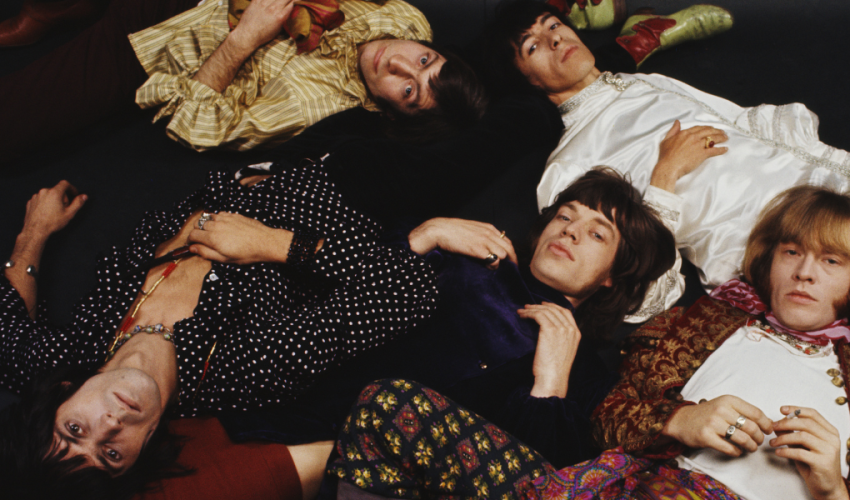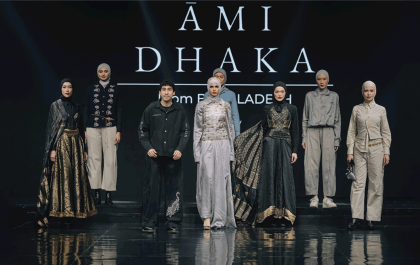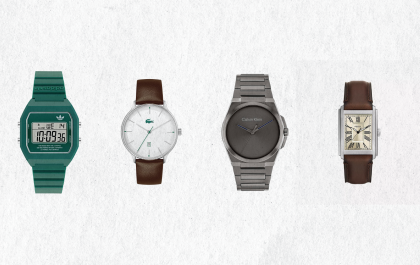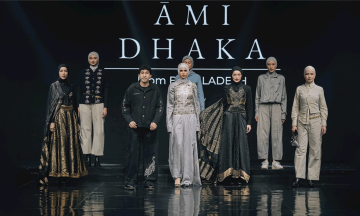From fashion to photography, we break down the appeal of going back in time
By Niraj Kakade
If Back to the Future heroes Marty McFly and Doc Brown were to travel back to the future today, they’d notice things akin to the time they’ve left. From mom jeans to chunky sneakers to grainy Instagram reels, there’s been an aggressive push to dial back the clock to simpler times. But what’s been fuelling this retro frenzy?
An interview published by Red Bull (yes, really) between writer Mark Bailey and Tim Wildschut, professor of social and personality psychology at the University of Southampton, UK, narrows it down to a feeling of nostalgia and familiarity.
According to Wildschut, “Individuals who experience nostalgia have higher levels of happiness and a stronger sense of purpose”; two things that were skewed during the Covid pandemic.
No surprise then that as we started to step out of quarantine zones and into an increasingly uncertain world, the need to go back to something familiar became overwhelming. People yearn for simpler times, and the numbers prove it too. For instance, vinyl records made up 1.7 per cent of physical music sales in 2011. This number rose to 50.4 per cent by 2021.
Similarly, Polaroid, which was on the verge of shutting shop in 2008, has made a comeback, recording a reported profit of $750m per year.
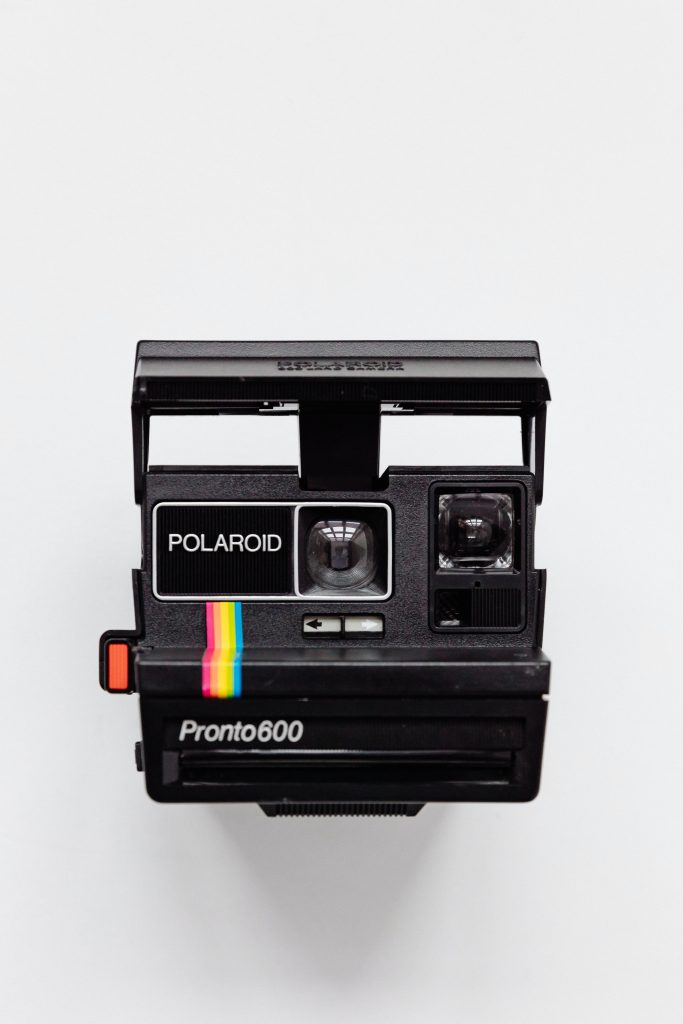
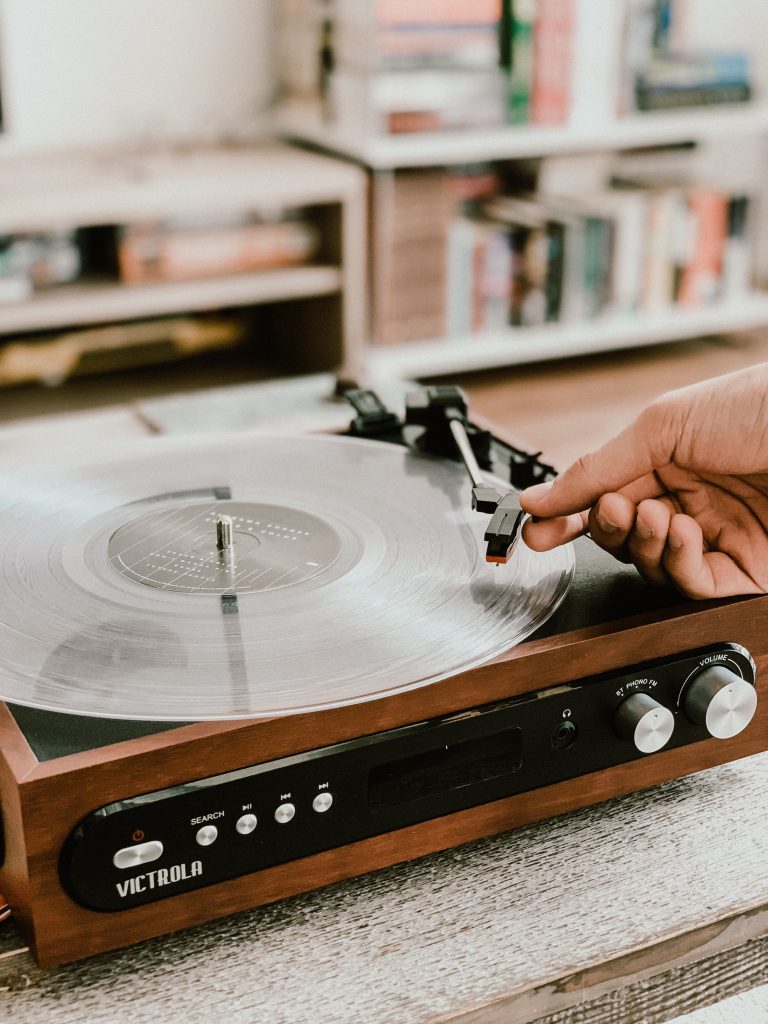
But nothing provides a more visual representation of retro revival than what people are currently wearing. Go out in any city, and you’ll see enough baggy clothing to stitch up an impromptu tent right outside long-queued bars. The staple of affordable early ’90s clothing has made a comeback in Rs 5,000 extra-extra- oversized t-shirts. Bell bottoms are no longer an eyesore, but skinny jeans will get you cancelled. Delhi-based designer Sahil Aneja adds to this, “A trend is a part of a cycle of any fashion; it’ll keep surfacing every few years. Skinny jeans are out now, but they’ll make a comeback in the future.” When asked if there’s a deeper meaning attached to it, Aneja echoes Wildschut’s comment, saying, “I’d like to believe there’s a deeper connection. I think the inspiration of retro design comes from our earlier memories of non-digital references. For instance, you’ll see a lot of Woodstock- inspired clothing coming back today.”
Besides the hippie fashion of the hedonistic sixties, even Y2K icons like New Balance dad sneakers have made a mainstream comeback, thanks to their collaboration with Aimé Leon Dore, further prompting Nike to revive many of its past silhouettes and colourways. Not to mention Oakleys, which graced the noses of elite athletes, now sit on the faces of us commoners.
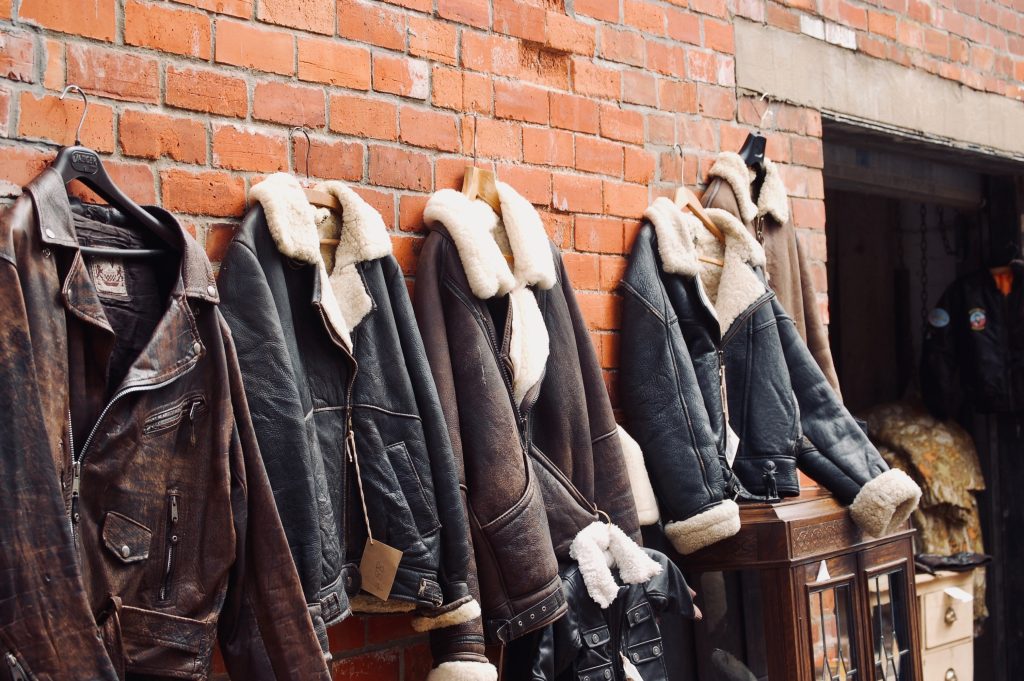
Speaking on the phenomenon, Mumbai-based stylist Akshay Tyagi shares his point of view: “Retro is popular now because vintage shopping is popular. While Gucci and Valentino can be credited for bringing it back, it’s about having an individual point of view.” Tyagi’s comments add up when you look at the rise in thrift shopping that we’ve seen in the last couple of years. But it isn’t just the sense of familiarity you’re giving in to. In a mass-manufactured world, old-school items still carry a sense of character. Nishant Mittal, music archivist and vinyl record seller, says, “The act of going out to dig for records, stumbling upon new and unknown albums, buying them, cleaning them, and playing them on your record player is something else. I listen to albums in full when they’re on vinyl.” Mittal insists this is the correct way of listening to music, adding, “The skip button is too tempting when I’m listening to music on streaming.” Film photography is making a comeback too. Yash Yeri and Aditya Tawate of Zhenwei Film Lab note how their sale of 350 prints a month (100 clients) has nearly doubled in the past couple of years. And it’s not just the boomers who have the patience for all things non-processed. A 27-year-old, Anahita Grewal, who is an environmental politics student based out of Mumbai, remembers her decision to switch to film cameras, saying, “Analogue forms force us to take it slower and simplify the process.” The allure of older things extends beyond fashion, music, and photography. Tech-makers like Motorola revived the Razr flip phone with modern touches. Capcom’s almost 30-year-old IP (intellectual property), Street Fighter, opened to overwhelmingly positive reviews in its sixth installment.
While romanticising the past can be tempting, the human conditioning of looking for red flags through rose-tinted glasses cannot be ignored. During an interview with CNN, Elena Caoduro, a lecturer in film and media at Queen’s University Belfast, said that nostalgia for old things isn’t new but is also driven by a longing for an imagined past. “We want to bring back to the present something that existed in the past, or at least imagined to have existed in the past,” Caoduro said.
Many remember Michael Jordan wearing the ’84 Air Jordan 1 “Chicago” for his final game in New York as a Chicago Bull. But how many of us know that the same shoe was eating his feet inside out, which prompted him to say, “I couldn’t take those shoes off fast enough.” This romanticisation of the past has allowed capitalism to extend its dark and ugly fingers into today’s retro trend. For instance, Saint Laurent will now sell you a retro-themed Nirvana t-shirt for almost $4,000 (approx. Rs 3.2 lakh). The OG Motorola Razr, which sold for $449 (approx. Rs 36,000), retails for $1,499 (India price – Rs 1.25 lakh) today. Of course, the updates are incremental, but what you are paying for is nostalgia. Similarly, how many of us are willing to spend on a Vinyl player which costs upwards of Rs 12,000, or expensive film rolls that are notoriously infamous for being unreliable? Today, to look cool is to go back in time, but it comes at a cost that only a black titanium card can pay for.
Reproduced with permission from Mansworldindia.com
- tarin fatemahttps://mansworldbangladesh.com/author/tarin/
- tarin fatemahttps://mansworldbangladesh.com/author/tarin/
- tarin fatemahttps://mansworldbangladesh.com/author/tarin/
- tarin fatemahttps://mansworldbangladesh.com/author/tarin/




